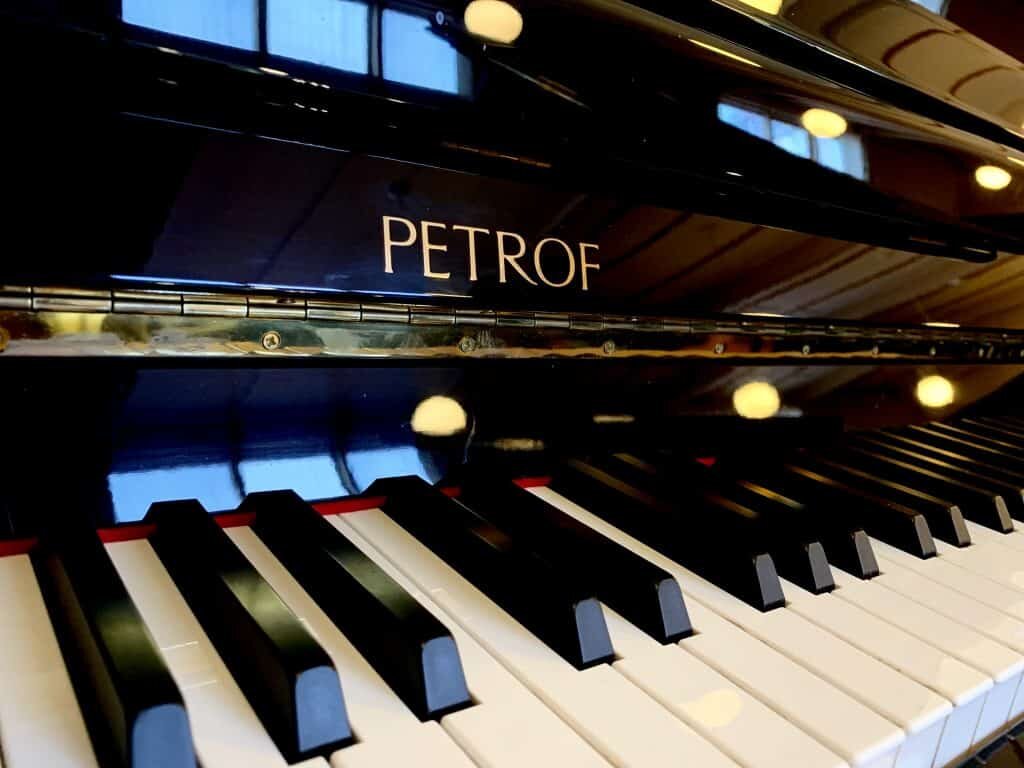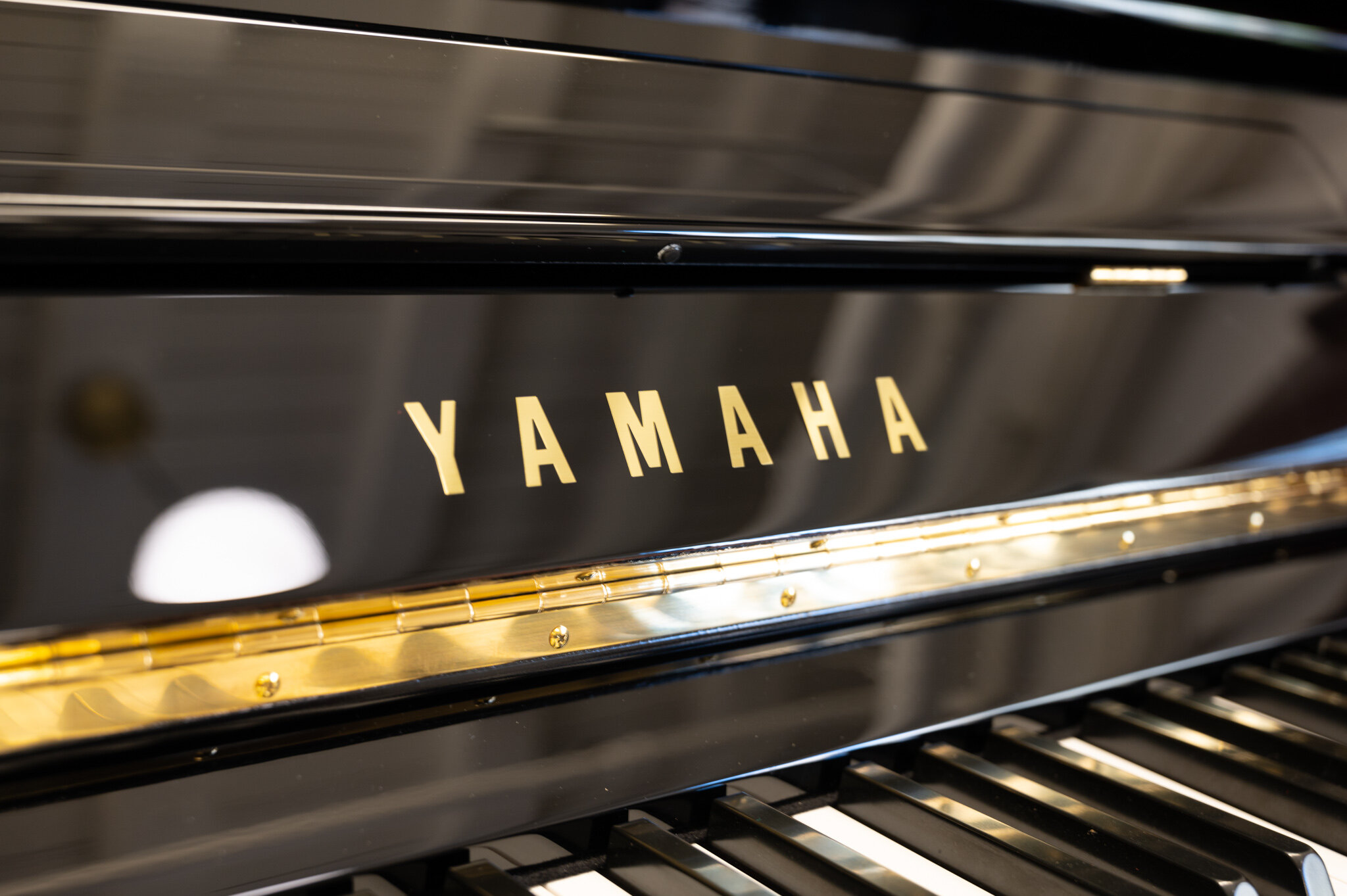
Thus, this method of figuring value is best used for pianos of relatively recent make when the model is still in production, or for older pianos whose makers have remained under relatively constant ownership, location, and standards, and for which, therefore, a comparable model can reasonably be determined. The problem here is that so many older brands are now made by companies different from the original, in different factories and parts of the world, and to different standards, that it can be difficult or impossible to determine what constitutes a “comparable” new piano.

A depreciation schedule, such as the one in Piano Buyer, shows how much a used piano is worth as a percentage of the actual selling price of a new piano of comparable quality. The depreciation method of determining fair market value is based on the fact that many types of consumer goods lose value over time at a more or less predictable rate. Understandably, however, the price ranges shown in the chart are quite broad. This chart is most useful for determining the approximate value of many brands of older piano for which it would otherwise be difficult to find enough comparable sales to determine a value. Piano Buyer includes a chart, “Prices of Used Pianos,” which was compiled after querying a number of piano technicians about their memories of comparable sales of pianos of various ages, sizes, and conditions. (Exceptions might be technicians or dealers who specialize in used Yamaha, Kawai, or Steinway pianos, brands that have attained near-commodity status in the piano business.) There is no central repository for sales information on used pianos, and each appraiser or technician, over a lifetime, sees pianos that are so diverse and scattered as to these criteria that they are likely to be of only limited value as appraisal guides. The problem here is that, with few exceptions, it’s rare to find several recently sold pianos that are perfect matches for all these criteria. Generally speaking, this is the most accurate method of determining value when one has access to a body of information on recent sale prices of comparable items.

The comparable sales method compares the piano being appraised with recent actual selling prices of other pianos of like brand, model, age, condition, and location. (The Piano Buyer article has since been revised to include these comments.) Fair Market Valueįair market value is the price at which an item would change hands between a willing buyer and a willing seller, neither of whom is compelled to buy or sell, and each of whom has reasonable knowledge of the relevant facts.Īppraisers of used pianos and other consumer goods typically use three differentmethods to determine fair market value: comparable sales, depreciation, and idealized value minus the cost of restoration. The purpose of this article is to comment on and clarify the information in Piano Buyer on determining the value of a used piano.


 0 kommentar(er)
0 kommentar(er)
